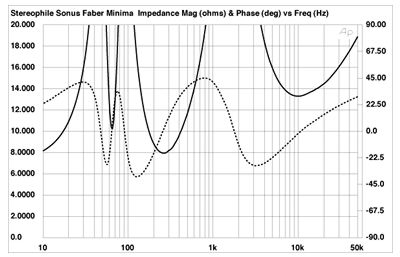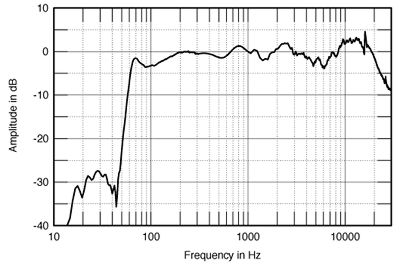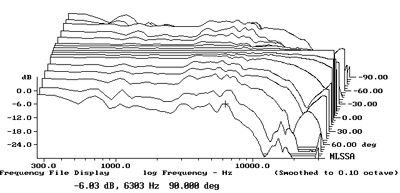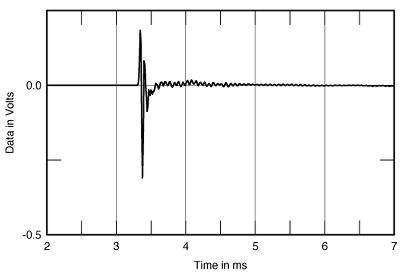| Columns Retired Columns & Blogs |
The tweeter of Sonus Faber Minima isn’t the Dynaudio Esotar but the Dynaudio D28, the woofer isn’t a Skannings model but the Seas 11FGX, and also I think that the Vicenza dealer mentioned in the interview to Franco Serblin by Larry Greenhill is not Lorenzo Sen but Lorenzo Zen.













































